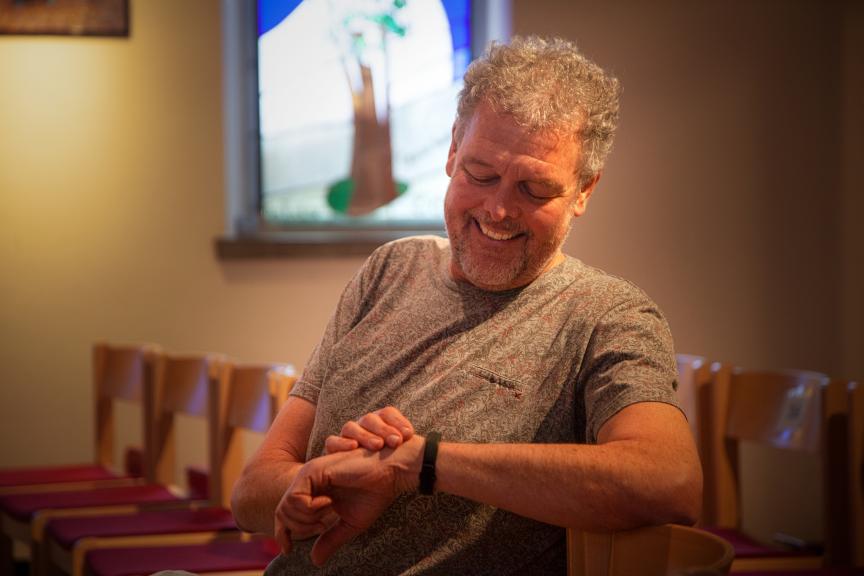Travelling With a Cardiac Implant is “Easier Than Expected”
Rolf Opuchlich has been with the BIOTRONIK Quality Team since 1997. In 2020, he received his own device. Despite knowing just about everything there is to know about the defibrillator he now wears, on his first vacation after getting his implant he was still a bit restless. “I was fairly nervous that first time,” says Rolf looking back at his first flight with his ICD after implantation. “Even though I know our devices well and had everything I needed with me.”

Every patient receiving an implant will also receive a Medical Device ID. Rolf simply brought his with him and showed it to Berlin airport security staff while going through the checkpoint for his flight to Italy. “It was much easier than I expected it would be,” he says. While some recent studies show that airport scanners don’t interfere with pacemakers or other implanted devices, many airports still ask these patients to avoid walk-through security scanners, due to the implanted metal, and as a general precaution. “I just showed my card at the security check, and they just used a handheld device instead. I was on my way pretty quickly.”
What to Bring
First and foremost, remember to take your Medical Device ID with you when travelling, and be prepared to show it to any airport security personnel. Make sure you have any medications you might need with you. As in Rolf’s case, you may wish to take your CardioMessenger Smart with you, to help ensure continuous Home Monitoring. Check and see what your physician advises.
What to Know Beforehand
If your pacemaker or implanted device has a preprogrammed sleep mode, you may wish to ask your physician to reprogram it for your trip. Also make sure you double check what your health and travel insurance covers, just in case. You can also check and see what specific clinics are at your destination if you run into any problems and need to make a visit while on your trip. BIOTRONIK maintains an online Travel Guide where you can search for clinics by country, city, or postal code. You’ll then get a map of the results to help find the one that’s closest to where you’re going to be, as well as contact information for the clinics. In an emergency case, however, the patient should still travel to the nearest hospital, from where staff can contact a representative for technical support if necessary.
In general, most modes of travel present pacemaker and implant patients with no additional difficulties, with airports being the most common place you may need to show your Medical Device ID. While it’s usually simple enough to simply show airport security staff your Medical Device ID, many countries maintain websites where you can double check their procedures for travelling implant patients. These include the American Transportation Security Administration (TSA), UK Government, or the Canadian Air Transport Security Authority (CATSA).
Are There Any Activities I Should Avoid?
In general, recent research suggests most patients are more likely to be limited during their travels by the nature of their condition itself—not the implanted device they have. In the past, the one major exception to this has been scuba diving, to avoid high pressure over where the device is implanted. However, it may be possible to go scuba diving with some newer devices. Your physician is best placed to advise you about whether you can engage in scuba diving or any other particular activity. Just make sure to ask them before you go to be sure.
Vacation and Rest Can Improve Your Heart Health
While travelling with a pacemaker or implanted device may take some extra effort, research shows that your heart will benefit, with lower metabolic stress contributing to a lower risk for cardiovascular disease. As Rolf’s experience shows, with a bit of quick preparation, travelling with an implanted pacemaker or device can be almost as simple as it was before, and we wish you great trips ahead!
To learn more, please visit our patient section.











